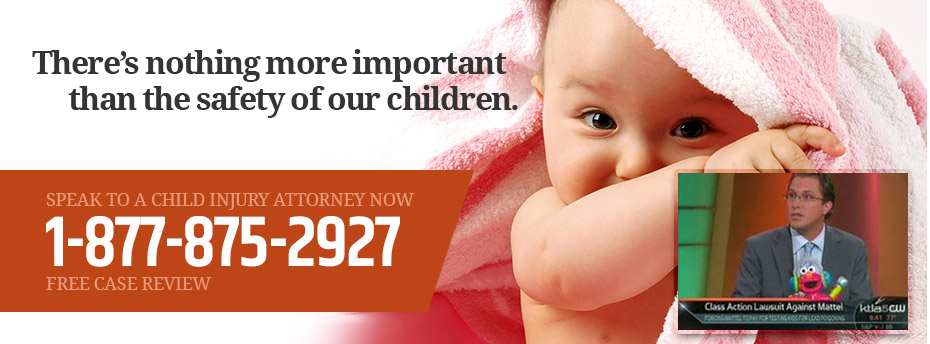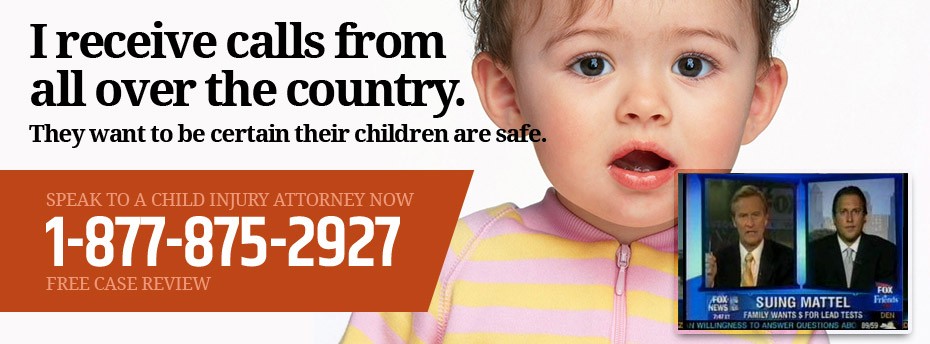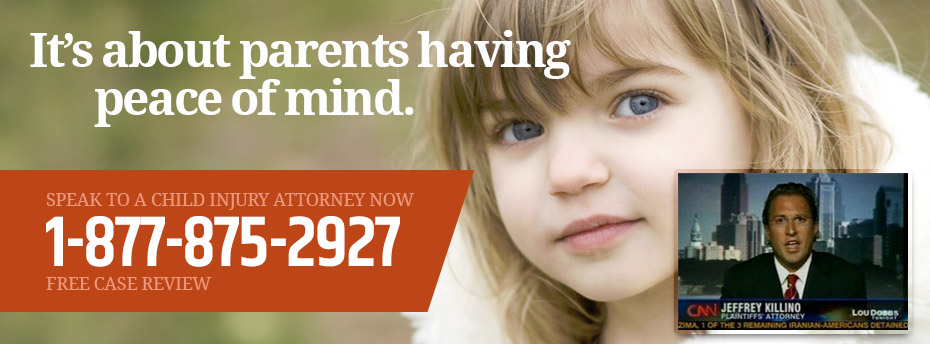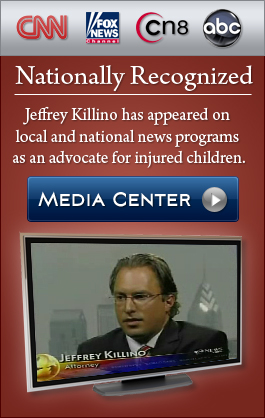Kids love to play in inflatable bounce houses and bouncy castles.
In fact, childhood enthusiasm for the popular amusements has made inflatable play equipment summertime staples at children’s parties, carnivals, and festivals around the country. Unfortunately, despite their popularity, bounce houses are far more dangerous than many people realize.
Our Child Injury Lawyers have extensive experience representing infants, toddlers, and kids injured and tragically killed due to defective products and negligent actions, earning national recognition for their aggressive pursuit of justice on behalf of children and their families. If your son or daughter was hurt while playing in an inflatable bounce house, please call our law firm toll-free at 877-875-2927 to speak with an attorney and learn more about your legal rights.
What to Know About Bounce House Injuries and Deaths
It’s easy to understand why a brightly colored bounce house would appeal to toddlers and other young children. But the fact is, bounce house injuries are on the rise and can have fatal consequences for kids.
According to a recent study conducted by the Children’s Hospital of Orange County (CHOC) Research Institute, bounce house injuries among boys and girls ages 2 through 17 have risen steadily since the turn of the century. According to the study authors, 82,748 children were hurt in bounce houses during the period from 2015-19, compared to only 5,599 during 2000-2004. From 1995 to 2010 alone, there was a 15-fold increase in the number of bounce house-related injuries
Other key findings included:
- Boys (53.9%) are more likely to get hurt playing in a bounce house than girls (46.1%).
- The most reported bounce house injuries were fracture (25.8%), muscle strain (25.7%), and contusion (14.5%).
- Most kids (around 96%) were hurt in bounce houses at their homes.
- The lower extremities were the most prevalent area of injury.
- Although rare, concussions were almost twice as likely in children under 6.
- Most inflatable bounce house injuries (70%) occur from May to October.
The report also noted that children are more likely to suffer injury when there is a lack of adequate adult supervision, the number of participants exceeds the structure’s restrictions, and the participant mix includes different ages and weights.
Even Non-Severe Winds Can Topple an Inflatable Bounce House
Last month, researchers writing in the Bulletin of the American Meteorologic Society reported that inflatable houses could topple, roll over, and even go airborne in non-severe wind conditions. The study is the first to ever track wind-related bounce house injuries.
According to the paper, at least 28 people have died, and 479 others have been injured in 132 wind-related bounce house incidents since 2000. However, the researchers acknowledged that the figures were likely an undercount.
The authors identified a clear cause in 80 of the incidents they analyzed, including a rogue “dust devil,” a powerful cold front bringing with it a strong gust of wind, and pop-up thunderstorms spawning dangerous winds right overhead.
But there was no abnormal hazard observed in nearly half of the incidents. In fact, locally observed winds were below 25 mph — the threshold at which the American Society for Testing and Materials (ASTM) advises that bounce houses not be used. More than a third of the incidents occurred when the wind speeds nearby were between zero and 20 miles per hour.
I would like to share my personal feelings concerning Valium (Diazepam). It has very positive affect on the anxiety sometimes I feel. It calms me and I restart thinking positively towards my life.
Many of the bounce house deaths and injuries highlighted in the report could have been prevented if the structures had been properly anchored to the ground by a professional, as the ASTM urges. The agency guidelines also recommend that bounce houses be operated by professionals who constantly monitor the weather in case they need to be evacuated and deflated.
How to Protect Your Children from Bounce House Injuries
Unfortunately, regulations and standards for inflatable bounce houses are incredibly lax.
According to The Washington Post, only 19 states rely on the ASTM’s guidelines. An additional 17 states have no guidelines in place at all.
So how can you protect your kids from bounce house accidents and injuries?
Make Sure Inflatable Bounce Houses are Set Up Properly
Before allowing your son or daughter to play in an inflatable bounce house, it’s essential to ensure it’s been set up correctly. There should be adequate tie-downs to prevent the structure from blowing away in high winds, and the bounce house should be situated in an open area free from trees and power lines. The bounce house should be fully inflated, and the operator should be in full compliance with all age, weight, and occupancy restrictions. Parents should be able to see inside the bounce house to supervise their children, and at least one opening should be large enough for adults to enter in an emergency.
Bounce Houses are Never Safe for Kids Under 6
Never allow a toddler or child under 6 to play in an inflatable bounce house. They lack the coordination to consistently land in a safe position.
Never Leave a Bounce House Unsupervised
Supervision can’t prevent every injury, but adequate supervision can ensure kids are playing as safely as possible. Always ensure a trusted adult is available to supervise children using a bounce house. At public events, don’t count on the operator to provide supervision.
Make Sure Children Jump in Very Small Groups
Many bounce house injuries are caused by kids bumping into, stepping on, or landing on each other. Never allow your son or daughter to jump in an overcrowded bounce house. Small groups of four or fewer children – all around the same height or weight – are safest. Preteens, teens, and adults should not be allowed to bounce.
Prohibit Kids from Performing Tricks
Horseplay, somersaults, cartwheels, and other tricks are dangerous in a bounce house. Make sure your child doesn’t engage in such behaviors and don’t allow them to use a bounce house when other children are doing so.
Don’t Allow any Sharp – or Potentially Sharp – Objects Inside the Bounce House
Kids should remove their shoes and any sharp objects – pencils, jewelry, etc. – from themselves or their pockets before entering a bounce house. They should also remove eyeglasses or anything else that could become a sharp object if it breaks while they’re playing.
Additional Bounce House Safety Reminders
Children in the bounce house should stay away from the entrance, exit, sides, and walls of the structure. Play should stop immediately if the bounce house begins to lose air, and kids should carefully exit the structure.
Contact an Experienced Child Injury Lawyer
Child Injury Lawyer Jeffrey Killino believes kids hurt in inflatable bounce house accidents and their families deserve compensation for their pain and suffering. If your son or daughter suffered a severe or fatal injury while playing in a bounce house, our child injury law firm is ready to help you pursue a personal injury or wrongful death lawsuit against those responsible. Please don’t hesitate to contact us at 1-877-875- 2927.





